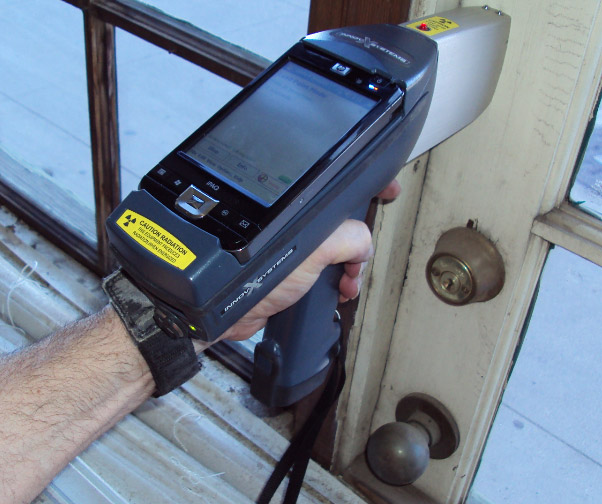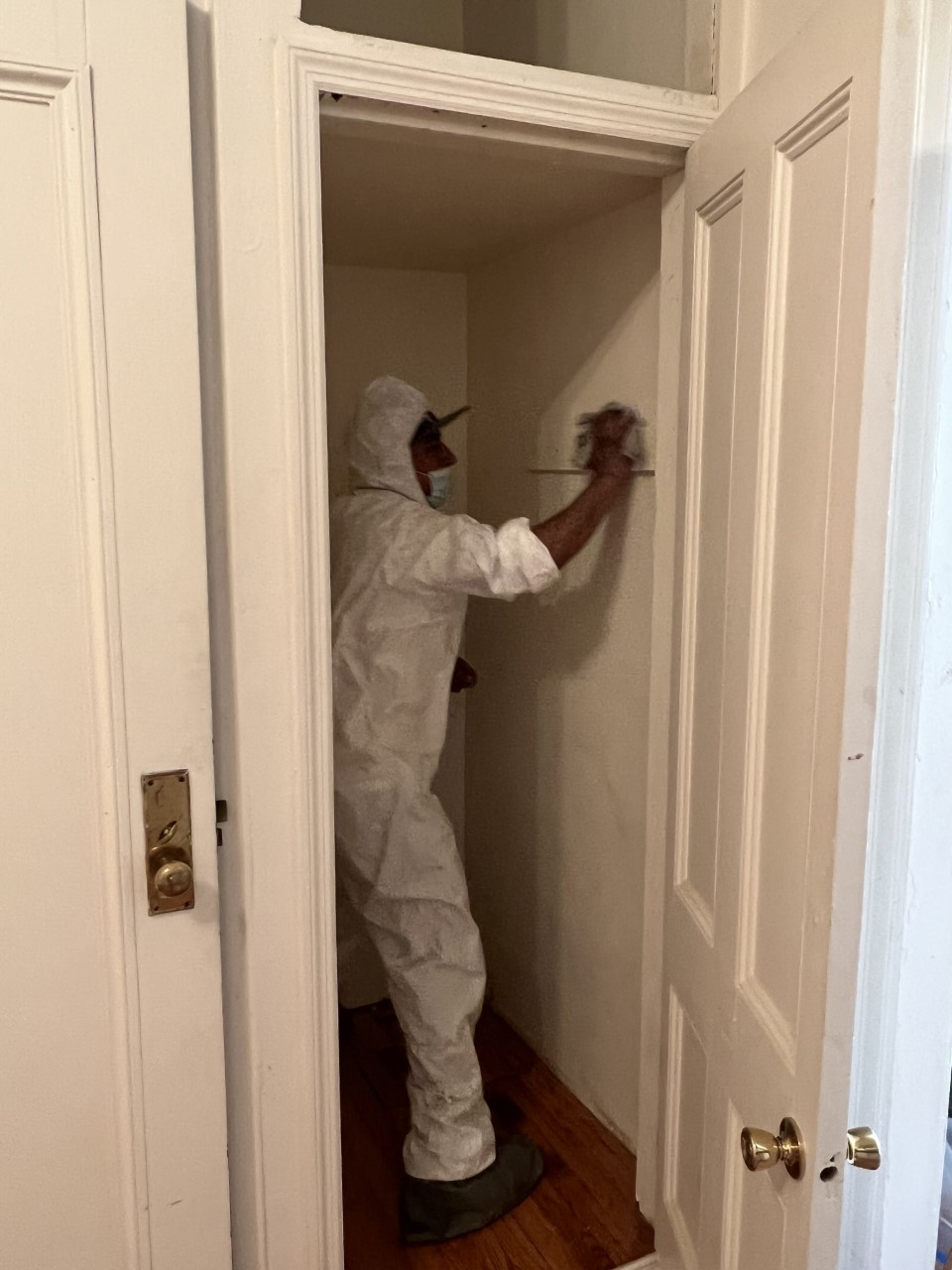Ideal Practices for Guaranteeing Safe and Detailed Lead Infraction Reduction
Attending to lead violation reduction needs a multi-faceted technique to guarantee both security and compliance. It's the last clearance procedure, entailing detailed examinations and research laboratory screening, that really confirms a lead-free environment, making certain lasting security. How do these practices adjoin to assure extensive lead abatement?

Initial Analysis
Carrying out an initial analysis is a vital very first step in lead violation reduction. This phase incorporates a comprehensive evaluation of the property to determine the presence, level, and particular areas of lead-based risks. Certified experts, such as certified lead examiners or risk assessors, must perform a detailed site assessment, making use of tools like X-ray fluorescence (XRF) analyzers to properly spot and gauge lead concentrations in paint, dirt, dirt, and water.
The assessment needs to additionally include a testimonial of the building's history, previous records, and any kind of grievances or health and wellness issues reported by residents - Lead Removal Contractors. Recording the searchings for carefully is crucial, as these records develop the basis for establishing a reliable abatement technique. A detailed evaluation additionally involves sampling and lab evaluation, which are essential to confirm the presence of lead and guide subsequent actions
Moreover, it is vital to interact the outcomes transparently to all stakeholders, consisting of homeowner, occupants, and regulative authorities. By ensuring that the initial assessment is conducted with precision and rigor, professionals can lay a solid structure for a targeted and reliable lead reduction procedure, inevitably safeguarding public health and guaranteeing compliance with regulatory standards.
Proper Containment
Correct containment is essential to prevent the spread of lead impurities during reduction tasks. Successfully handling control lessens the risk of lead dirt and debris moving to non-work areas, thereby securing both the environment and people outside the immediate job zone.

Regular inspections of the control area are needed to check for violations or weaknesses in the obstacle. Any determined concerns ought to be promptly dealt with to maintain the honesty of the containment. By sticking to these techniques, abatement tasks can effectively manage lead contamination and mitigate involved wellness risks.
Worker Defense
Guaranteeing worker defense is vital throughout lead abatement jobs to stop occupational exposure to unsafe lead particles. Vital actions include using individual protective devices (PPE) such as respirators, handwear covers, and full-body matches especially designed to block lead dust and fumes. Employees need to undergo extensive training on the right usage and maintenance of PPE, consisting of healthy screening for respirators to make certain maximum efficacy.
Engineering controls, such as regional exhaust ventilation systems, are vital in decreasing airborne lead focus in the work atmosphere. Management this content controls must additionally be applied, consisting of restricting the period of direct exposure and revolving employees to lower specific direct exposure times. Normal clinical security and biological monitoring are important for early detection of lead absorption, enabling timely intervention and therapy.
In addition, developing a purification protocol is important. Workers must follow stringent purification treatments before breaks and at the end of their shift to stop lead dirt from being lugged outside the job area. This includes extensive hand and face washing with lead-specific cleaner and altering out of polluted clothing.
Meticulous Cleaning
Preserving a safe job setting prolongs beyond employee security and encompasses thorough cleaning to guarantee lead particles are extensively eliminated from the website. The process of meticulous cleaning is vital in preventing the recontamination of the moderated location and securing both current and future owners.
To accomplish an extensive cleaning, all workplace should be methodically decontaminated. This entails the use of specialized HEPA (High-Efficiency Particulate Air) vacuum and wet-wiping strategies to catch and remove great lead dirt that may have resolved on surfaces. It is imperative to clean up all straight surfaces, consisting of floorings, window sills, and kitchen counters, in addition to upright surfaces that may have entraped lead particles.
Employees have to wear proper individual protective devices (PPE) throughout cleanup to prevent exposure to residual lead dust. Made use of cleaning materials such as wipes, sponges, and mop heads need to be dealt with according to contaminated materials disposal policies.

Last Clearance
Last clearance is the critical concluding phase of lead reduction that determines whether the site is risk-free for reoccupation. This essential action entails thorough examination and screening to validate that all lead threats have been efficiently gotten rid of.

Final clearance testing not just shields future this article passengers but also makes certain compliance with local, state, and government guidelines. It serves as a documented recognition of the abatement service provider's adherence to market ideal methods. Ensuring a detailed and effective last clearance is necessary in protecting public wellness and promoting count on the reduction process.
Verdict
Guaranteeing secure and comprehensive lead offense abatement demands a multifaceted technique encompassing preliminary analyses with sophisticated discovery methods, efficient containment methods, stringent worker defense protocols, and precise cleaning procedures. The final clearance stage, including detailed assessments and research laboratory testing, is important to validate conformity with EPA requirements. Adherence to these best methods assures a secure environment for residents, alleviates wellness risks, and supports regulative needs, therefore promoting public health and security in lead-affected areas.